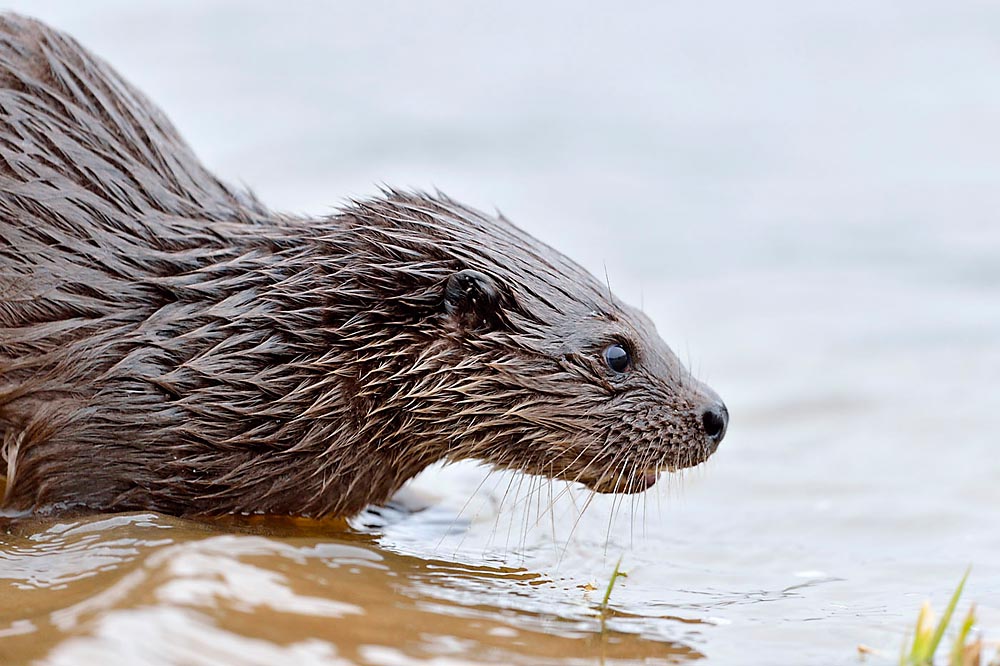Otter Surveys
Otters and their resting places are protected in the UK. It is an offence to deliberately or recklessly:
capture, injure or kill an otter;
harass or disturb otters; and
damage, destroy or obstruct access to an otter breeding or resting site regardless of whether or not an otter is present.
Since the otter population reached its low point in the late 1970s, it has recovered to the point where today otters are probably present in every significant watercourse in Scotland. This includes both the centre of urban areas (otter are present along the Water of Leith in Edinburgh and the River Kelvin and Clyde in Glasgow) as well as small streams in both the uplands and lowlands, a long way from the nearest major river.
An otter survey is likely to be required if your site has a watercourse or wetland area on it or nearby. Wetlands (ponds, marshes, fens etc.) are particularly favoured by otters in spring when amphibians congregate to breed, representing an easy meal. Methods include daytime field survey for field signs and resting sites, and remote trail camera monitoring of suspected resting sites. Field surveys are usually undertaken from within the watercourse wearing waders as this has proven to be a much more successful method than simply walking the banks, particularly in summer when riparian vegetation is often impenetrable.
Reuben has a number of trail cameras which are used for determining whether or not otter holts are currently in use, or if they are being used by otter cubs, and is fully licensed for this type of survey work by Scottish Natural Heritage.
Reuben holds an SNH otter science, research and education licence allowing him to survey for this species across Scotland.

